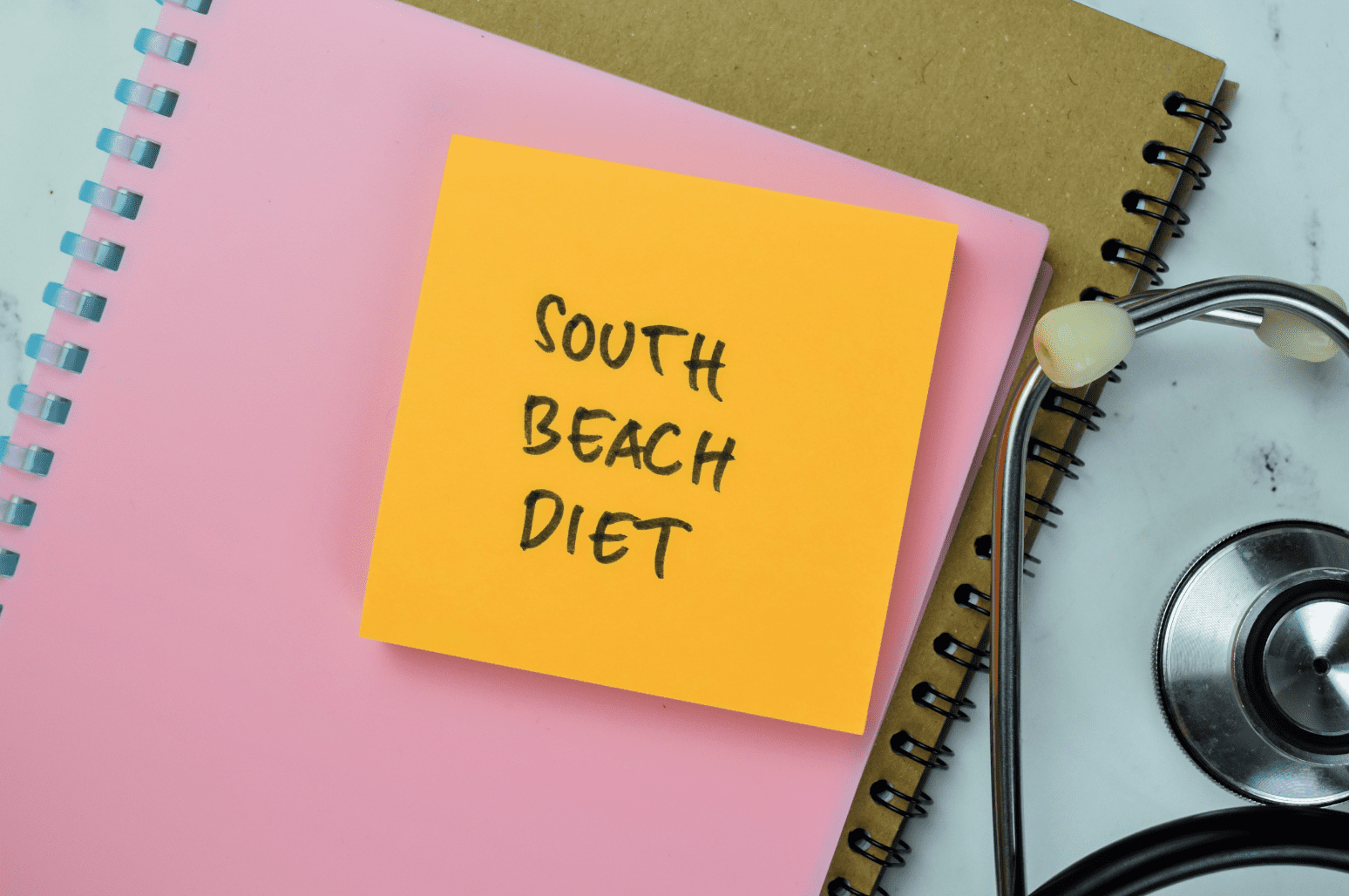Stevia Replaces Sugar In Growing Health-Conscious Market

One positive in the midst of 2020 is that global efforts to reduce sugar consumption continue to grow. With a rising amount of sugar-free alternatives such as stevia, erythritol, or even the emerging rare sugar allulose, companies are looking to meet consumer demands of lower sugar in their products. Stevia replaces sugar in many of these sugar-free alternatives, which allows consumers to not only cut down on their sugar intake but calories as well.
According to Food Business News, “in the US, 74% of respondents of the 2020 Food & Health survey said they were trying to limit or avoid sugar in their diet.” Further “a report issued in May by Tastewise, Tel Aviv, Israel, showed consumer interest in stevia up 49% year over year through May 4 in the United States.”
One major focus has been stevia glycosides which come from the Stevia leaf. Though wildly popular, certain glycosides can leave a bitter aftertaste in the mouth making it difficult to only use stevia as the sweetener of choice. However, new innovations have come about introducing new forms of these steviol glycosides other than the most common – Rebaudioside A (aka Reb A) which was introduced to the market around 2008.
Some of these new forms include Reb B, Reb M, Reb D, and Reb E which hopefully can provide a rounder sweetening profile.
As stevia and the sugar-free market continues to grow, it will be fascinating to watch companies innovate with low calorie, non-metabolic alternatives such as steviol glycoside blend that “mimic” sugar. Stevia replaces sugar in many sugar-free candies and other foods products on the shelves, but we may begin to see other sweeteners, like allulose, grow in popularity.
Overall, this is very exciting to see and we are looking forward to watching the sugar-free market continue to grow as we focus on improving metabolic health throughout the world.








